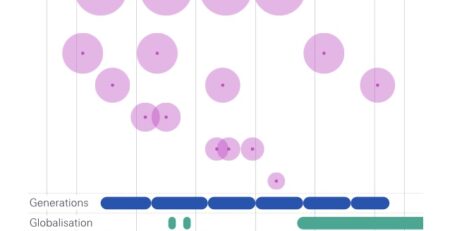Is There a Positive Incentive Effect from Privatizing Social Security: Evidence from Latin America
By Truman G. Packard (World Bank)
There is increasing concern among policymakers that social security reforms that involve a transition to individual retirement savings accounts may exclude certain groups of workers from coverage against the risk of poverty in old age. While most public pay-as-you-go systems pool the risk of interrupted careers and periods of low earnings over the covered population, the reformed systems shift the burden of these risks to the individual. Adequate coverage under a system of individual retirement accounts depends critically on accumulating sufficient savings through regular contributions. In developing countries where opportunities for unregulated employment abound and workers can easily escape mandated social insurance, theory suggests that reforms will increase the number of contributors to social security by reducing distortions and improving incentives in the labor market. Motivated primarily by fiscal pressures stemming from the deficits of overly generous, poorly administered public pension systems, many governments are going ahead with reforms as if this theory is correct. Does a shift to individual retirement accounts improve the incentives to contribute to social security? Almost a decade after reforms to national social security systems in Latin America (two decades, in the case of Chile), existing evidence is mixed. Several studies have found that the share of the Chilean workforce covered by the national pension system has increased since individual retirement accounts were installed in 1981; others have shown that there has been no change in this share. But these studies rely on simulations or on casual observation of data on the sectoral allocation of the labor force and relate only to Chile. Sufficient time has now passed since reforms in several Latin American countries to allow more rigorous testing of the theory. The author estimates the impact of social security reform-specifically, the transition from a purely public pay-as-you-go system to one with private individual retirement accounts-on the share of the workforce that contributes to formal retirement security systems. To test the predictions of a simple model of a segmented labor market, he exploits variation in data from a panel of 18 Latin American countries, observed from 1980 to 1999. Results show that introducing individual retirement accounts has a positive incentive effect that, other things equal, increases the share of the economically active population contributing to the reformed system. But this effect occurs only gradually as employers and workers become familiar with the new set of social security institutions put in place by reform.
Full Content: SSRN










